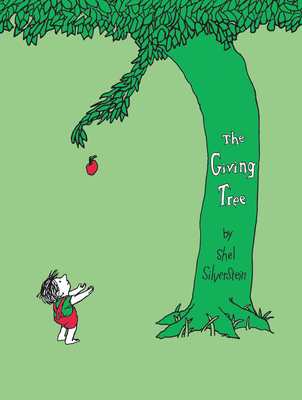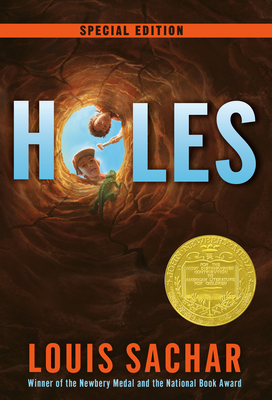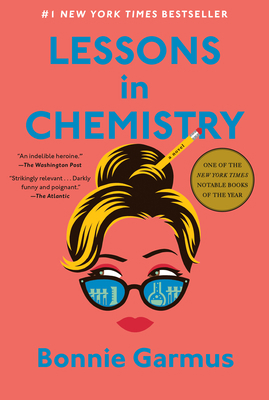Tiling Arrays: Methods and Protocols
Part I: OverView
1. A Brief Introduction to Tiling Microarrays: Principles, Concepts, and Applications
Christophe Lemetre and Zhengdong D. Zhang
Part II: Transcriptional Regulation and Expression
2. Design of Tiling Arrays and their Application to Bacterial Transcriptome Analysis
Takeshi Akama, Kazuaki Nakamura, Akito Tanoue, and Koichi Suzuki
3. Transcript Profiling in Arabidopsis with Genome Tiling Microarrays
Diana Coman, Wilhelm Gruissem, and Lars Hennig
4. Genome-wide Analysis of Transcription Factor Binding Sites in Skeletal Muscle Cells using ChIP-seq
Chung-Il An and Nobuko Hagiwara
5. Analysis of Allele-Specific Gene Expression Using a Target-Oriented Tiling Microarray Assay
Huiyong Zhang, Xing-Wang Deng, and Lei Li
Part III: Genetics and Epigenetics Regulation
6. Detection of Epigenetic Alterations Using Tiling Arrays
Hoi-Hung Cheung and Owen M Rennert
7. Investigating Gene Promoter Methylation in a Mouse Model of Status Epilepticus
Suzanne F. C. Miller-Delaney, Sudipto Das, Raymond L. Stallings, and David C. Henshall
Part IV: Data Analysis
8. Integrative Analysis of ChIP-chip and ChIP-seq Dataset
Lihua Julie Zhu
9. HAT: A Novel Statistical Approach to Discover Functional Regions in the Genome
Erdogan Taskesen, Bas Wouters, and Ruud Delwel
10. Inference of Alternative Splicing from Tiling Array Data
Johannes Eichner
11. Analysis of in vivo Occupancy of Aebp1, a Transcription Factor, using High Resolution Tiling Array
Swati Sinha, Sainitin Donakonda, and Satyanarayana MR Rao
12. Application of the Simple and Efficient MPeak Modeling in Binding Peak Identification in CHIP-CHIP Studies
Ming Zheng, Yunmin Li, and Yun-Fai Chris Lau
13. Evaluation of MeDIP-chip in the Context of Whole Genome Bisulphite Sequencing (WGBS-seq) in Arabidopsis
Ren? Wardenaar, Haiyin Liu, Vincent Colot, Maria Colom?-Tatch?, Frank Johannes
14. Mapping Genomic Features of Tiling Microarray Data by TileMapper
Hoi-Hung Cheung, Janek Claus, Sumeeta Singh, Chandan Sastry, Owen M Rennert, Wai-Yee Chan, Tin-Lap Lee
Related Subjects
HistoryCustomer Reviews
Rated 4 starsMy first openGL book
This was the first book I purchased on openGL. This book is a very good introduction to openGL. If I might add one peice of advice to the up and coming linux Graphics programmers. DO NOT shy away from windows openGL programming books. Once you understand the concepts you will easily apply them to your linux or unix work. I think that every unix/linux openGL programmer should have this book, as well as the RED and BLUE...
0Report
Rated 4 starsDefinitive for 1996
Back when I was learning GL, this book was the best. It covered the basics at a good level of detail. Almost as if Mark could read our product requirements, it also has appendecies on off-topic-to-GL-but-not-to-us topics, such as the X input extension and graphics overlays. I believe GLX has gone through a few revisions since this book last had a new edition. Therefore some of its data may end up referencing deprecated...
0Report
Rated 4 starsOverall a very good supplement to the Red Book
Mark has a very good way of describing how things work. I have been using OpenGL for while but not using XWindows extensions that much. This book helped a lot and I used it to make sense of some the convoluted text in other books for the wgl functions.
0Report
Rated 4 starsI enjoyed the book.
I think that it was a good book. This was my first OpenGL book, and I'm now purchasing more. It's good to see that there are some X Window System specific books out there. The book explains in detail GLUT, but not some other complex areas of OpenGL (Why I'm buying more OpenGL books...). I'd recommend the book for beginners of OpenGL that are frusterated with Windows-specific texts.
0Report





















